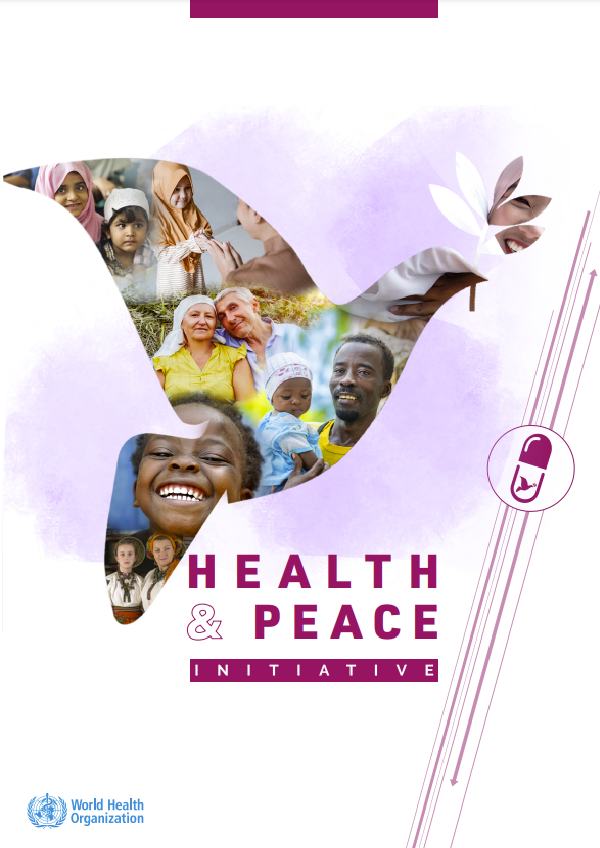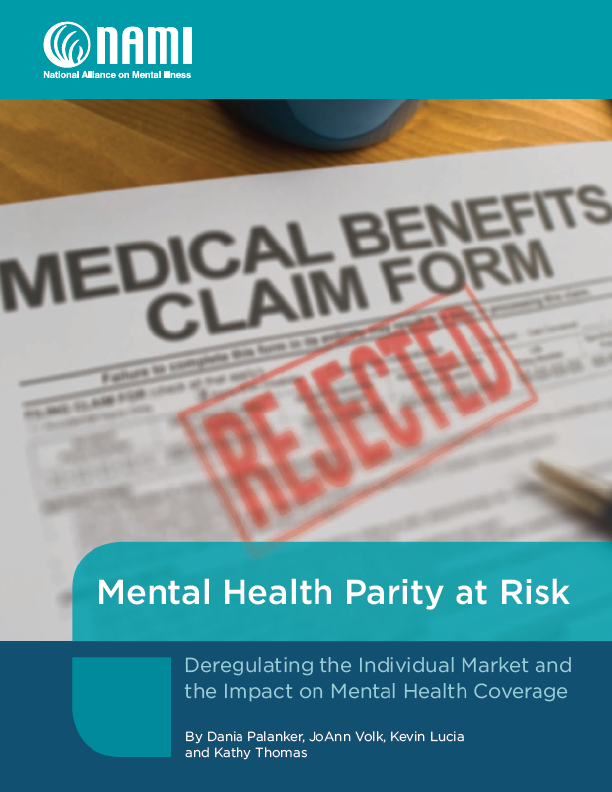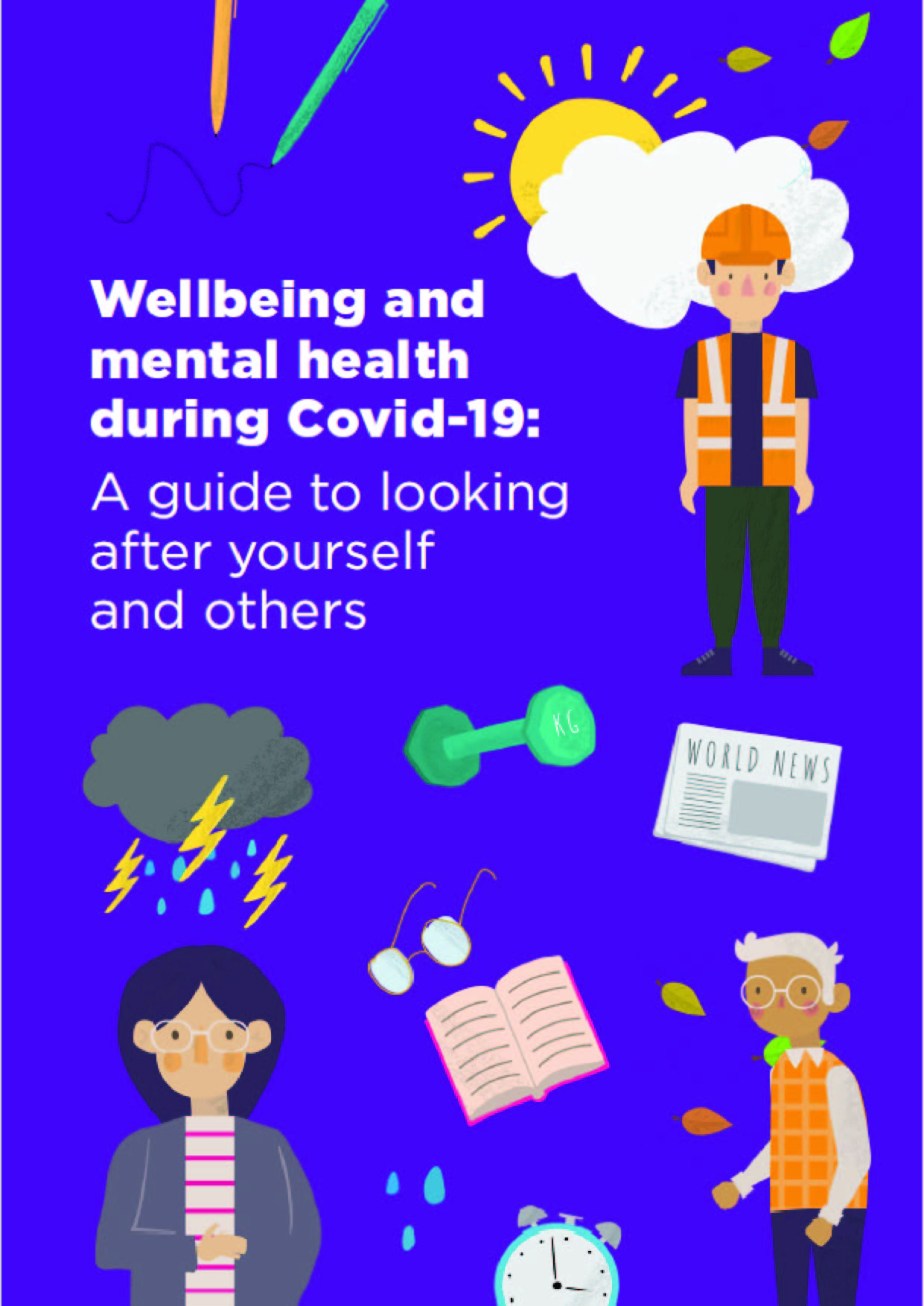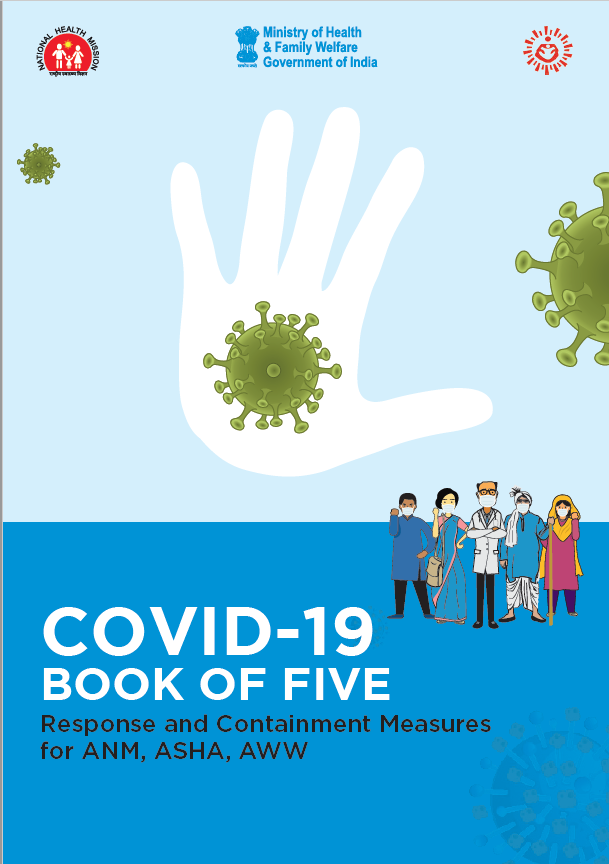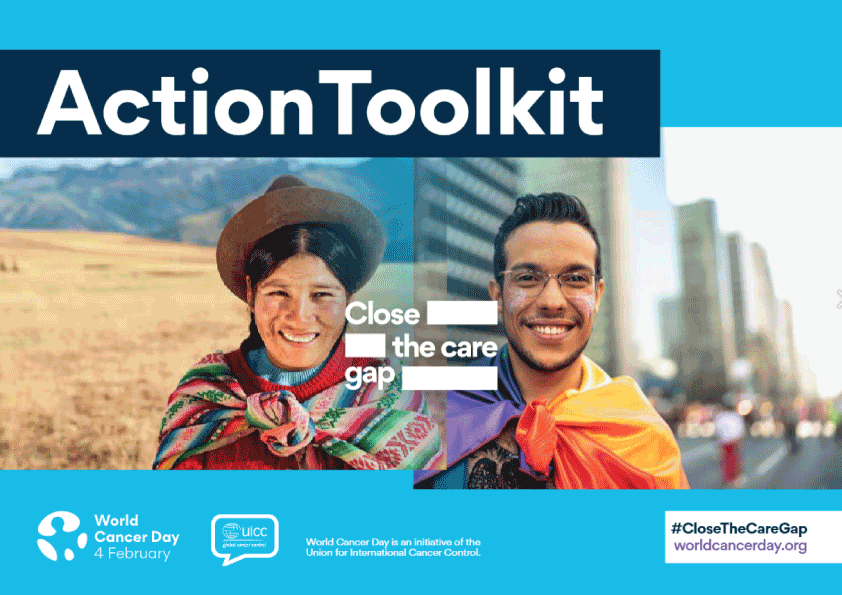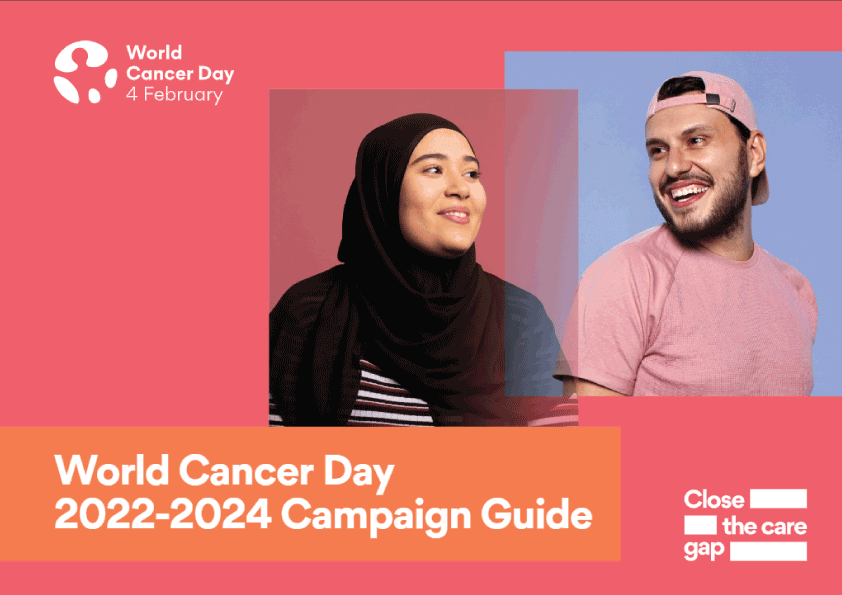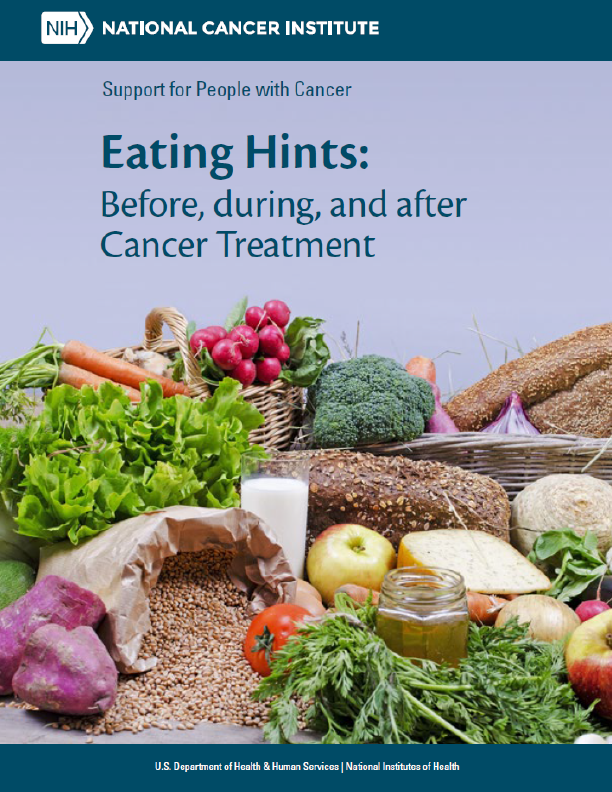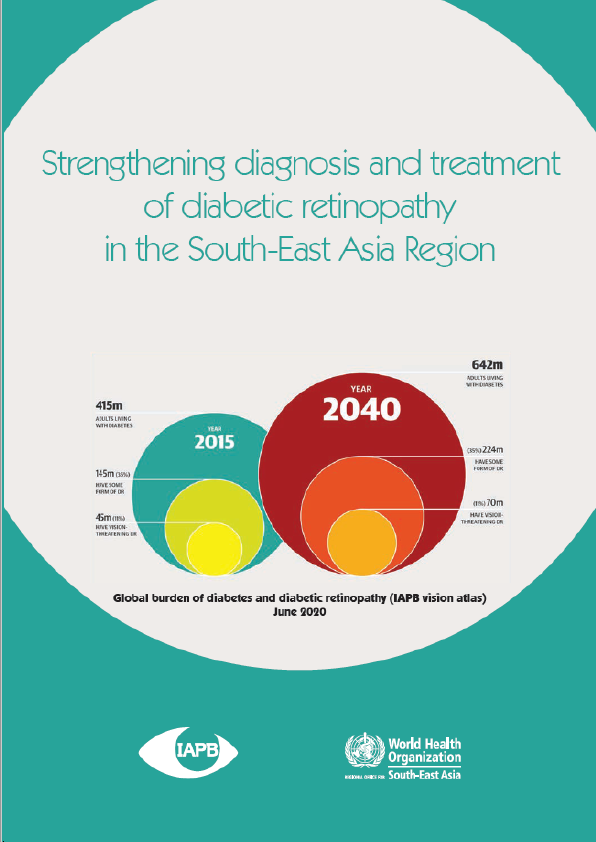This White Paper outlines the contribution of the WHO to the Sustaining Peace Agenda. It explores how WHO’s comparative advantage as the leading global health agency can be brought to bear to mitigate the impact of armed conflict and violence and to improve the prospects of lasting, local peace within the scope of its mandate.
On 27 April 2016, the United Nations (UN) General Assembly and Security Council both unanimously adopted identical resolutions on a review of the UN’s “peacebuilding architecture” which introduced the concept of “sustaining peace” into the UN’s peacebuilding goals. The resolutions urged all UN bodies and the World Bank to mobilize capacities for mediation and conflict resolution in order to prevent “outbreak, escalation, continuation and recurrence of conflict”. The UN and its Member States were called on to “address root causes, assist parties to conflict to end hostilities, ensure national reconciliation, and move towards recovery, reconstruction and development”.
This White Paper outlines the contribution of the World Health Organization (WHO) to the Sustaining Peace Agenda. It explores how WHO’s comparative advantage as the leading global health agency can be brought to bear to mitigate the impact of armed conflict and violence and to improve the prospects of lasting, local peace within the scope of its mandate.
Background
The links between conflict, health, and peace are multifaceted. Armed conflicts and violence have clear impacts on health. They kill civilians and combatants, cause physical and mental disabilities, and often disrupt health systems. Conflicts and violence cause the collapse of essential medical supply chains and the breakdown of social and economic systems as healthcare workers flee and starvation and epidemics spread. Rates of infant mortality, sexual violence, and mental disorders such as depression, anxiety, and post-traumatic stress increase significantly during and after conflicts.
The lack of access to basic social services such as health care for specific populations (e.g. ethnic, regional, religious) can lead to feelings of exclusion and unfair or unequal treatment. In many contexts, these inequities lead to grievances which in turn boil over into protests and, later, violence.
Some root causes and drivers of conflict related to WHO’s mandate and competencies as the lead agency in health. Health is often viewed as a superordinate goal for all sides in a conflict, which allows health initiatives to serve as a neutral starting point for bringing rival parties together as they work towards mutually beneficial objectives [see Annex]. In the Ottawa Charter for Health Promotion, peace is the first of a list of prerequisites and fundamental conditions for health – along with shelter, education, food, income, a stable eco-system, sustainable resources, social justice, and equity.
The World Health Organization and peace
WHO’s an association with peace is not new.
WHO’s Constitution recognizes the connection between health and peace, stating that “the health of all peoples is fundamental to the attainment of peace and security and is dependent upon the fullest cooperation of individuals and States”.
In a 1981 resolution (WHA 34.38), the World Health Assembly highlighted the role the health sector can play in preserving and promoting “peace as the most significant factor for the attainment of health for all” and required WHO to “facilitate the implementation of the UN resolutions on strengthening peace, détente, and disarmament and preventing thermonuclear conflict”.
The concept of health as a bridge for peace emerged in the 1980s as part of WHO’s approach to the provision of post-conflict health assistance. The 1990s and early 2000s saw WHO’s involvement in several initiatives that were intended to have an impact on both health and peace. The WHO Health as a Bridge for Peace (HBP) program intervened in specific contexts under the premise that health has the potential to transcend disputes between parties in a conflict and may even foster social cohesion through cooperative action. The program included the facilitation of vaccination campaigns through humanitarian ceasefires, with WHO playing a critical role in mediating between warring factions. Further activities included advocating for peace, values, medical ethics, and human rights, as well as influencing health policies to address the root causes of conflict.
A shifting operational landscape
The scale, nature, and complexity of conflicts have changed over recent decades. Violent conflicts have become more complex and protracted, involving more non-state groups and regional and international actors. This complexity has made conflicts resistant to political resolution – a situation that is often further complicated by some governments’ unwillingness or inability to protect their people – leading to failed infrastructure, disrupted public services, chronic hardship, and poverty. This has made the resolution of conflicts more difficult and has led to a call for renewed efforts to prevent conflicts.
Some 1.8 billion people live in fragile, conflict-affected, and vulnerable (FCV) settings. It is estimated that, by 2030, at least half of the world’s poor people will be living in FCV countries. In these contexts, weak health systems are unable to meet people’s health needs. The breakdown of essential public health functions makes populations more vulnerable to epidemics. In terms of the UN Sustainable Development Goals (SDGs), over 50% of the unmet needs for key target areas such as maternal and child mortality occur in 30 FCV countries. In addition, 80% of WHO’s humanitarian caseload as well as 70% of disease outbreaks that WHO responds to take place in such settings. Violent conflict is, therefore, a significant obstacle to achieving the SDGs by 2030, including SDG 3 which relates to good health and well-being.
